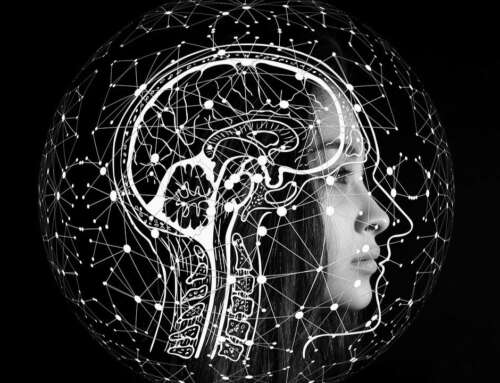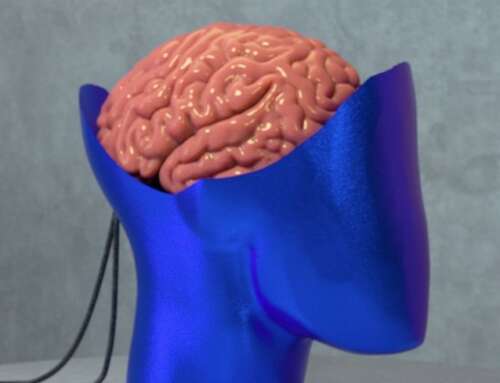It is no surprise that many teachers have an interest in neuroscience and psychology since areas such as memory, motivation, curiosity, intelligence and determination are highly important in education.
But neuroscience and psychology are complex, nuanced subjects that come with many caveats. Although progress is being made towards understanding what helps and hinders students, there is still a disconnect between the research in labs and what happens in many schools.
Many “neuromyths” are rampant in our classrooms, and research suggests that people are often seduced by neuroscientific explanations, even if these are not accurate or even relevant. Research also shows that explanations accompanied by images of the brain also persuade people to believe in their validity, however random the illustration.
Lia Commissar, a project manager at the Wellcome Trust, says there are several reasons why neuromyths gain traction: “They seem to persist because they are easy to understand, fit everyday observation, are heavily promoted or are easy to implement. However, unfortunately they often have little or no evidence supporting the impact they will have on learning.”
Such myths are a drain on time and money, and it is important to explore and expose them. So which popular neuromyths exist in schools and how did they catch on?
Right brain v left brain
The origins: In the 1960s, research on patients with epilepsy found that when the connection between the right and left hemispheres were broken, the two sides acted individually and processed things differently. This led to the belief that the two hemispheres of our brain worked independently. This spoke to the desire for us to categorise people and behaviours. It made the complex simple; the confusing clear.
Where next for the right-brain/left-brain myth? Researchers have found that neither hemisphere is solely responsible for one type of personality. It is a particularly damaging myth as it can lead to students not trying in certain subjects as they believe they don’t have the brain for it.
– Bradley Busch
Read more: Four neuromyths that are still prevalent in schools – debunked
Photograph: Chris P Batson/Alamy








Leave A Comment